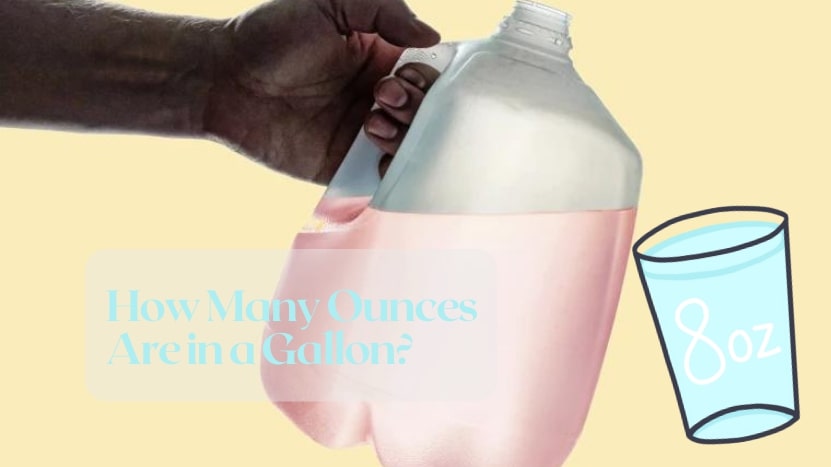The world is made up of measurements. Whether you’re cooking dinner, planning a road trip, or buying groceries, measurements are integral to our daily lives. Yet, many of us grapple with comprehending the nuances of these measurements, often tripping over conversions.
Here’s a common question: how many ounces are in a gallon? By the end of this post, not only will you know the answer, but you will also have developed a solid understanding of these units of measurements and their relevance.
Understanding Ounces and Gallons
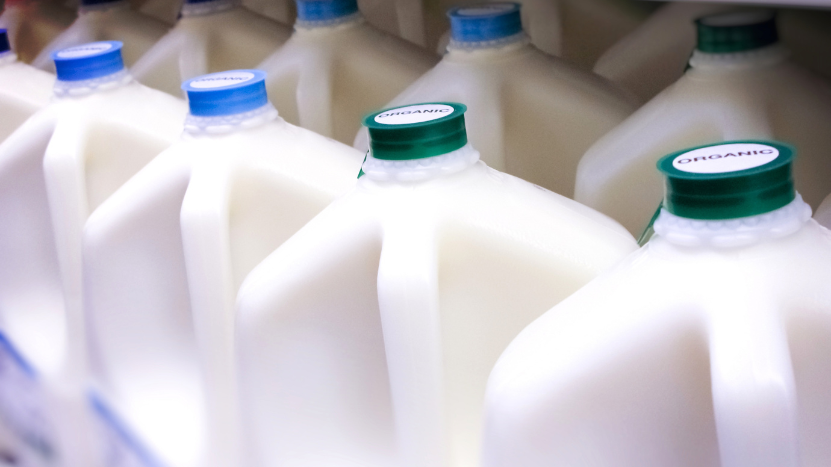
Ounces and gallons are units of measurement used primarily in the United States. The former are small units, used for measuring lightweight items or smaller quantities of liquids. The latter, on the other hand, are larger units, typically used for bigger quantities of liquids, such as fuel or beverages.
Everyday life is replete with the use of these measurements. You might buy a 12-ounce can of soda or fill your car’s tank with 10 gallons of gas. Industries, too, rely heavily on these measurements. The pharmaceutical industry, for instance, measures medication in this measurement, while the oil industry uses the latter to measure production and consumption.
The Conversion
Understanding the conversion between these two measurements is vital for many practical applications, ranging from cooking and baking to chemical measurements and liquid storage. The conversion factor of 1 gallon equals 128 ounces serves as the key to accurate conversions.
When converting ounces to gallons, simply divide the number of the former by 128 to obtain the equivalent in the latter measurement. Conversely, to do the reverse conversion, multiply the number of gallons by 128. This straightforward conversion allows for easy and precise calculations, ensuring proper measurements and facilitating seamless communication across various industries and everyday tasks.
Fluid Ounces to Gallons
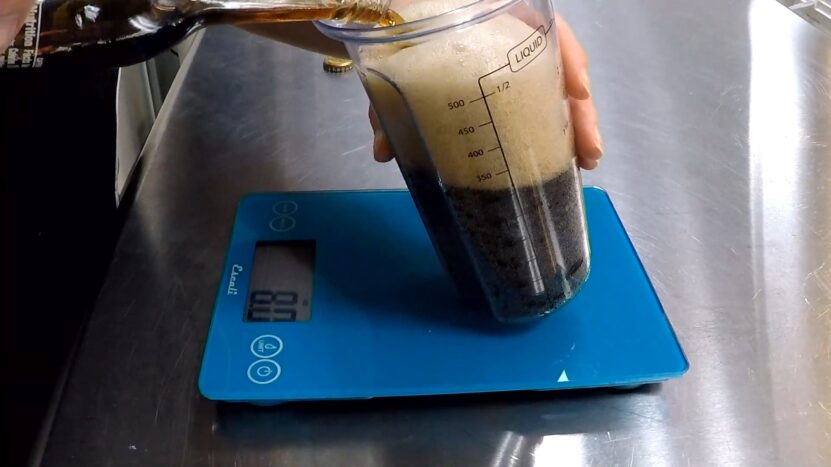
When we speak of liquid measurements, we often refer to fluid ones. In the US customary system, one gallon holds 128 fluid ounces. This conversion is crucial in various situations, from cooking to understanding the volume of liquids in containers. For instance, if a recipe calls for a gallon of milk, you could instead use 128 fluid ounces.
Understanding this conversion allows for greater flexibility and precision in measuring liquids, ensuring accurate results in recipes and avoiding wastage or miscalculations. Additionally, this knowledge is helpful when determining container capacities or when comparing liquid volumes in different units of measurement.
Dry Ounces to Gallons
Here’s where it gets tricky. The former can measure both volume (fluid) and weight (dry), while the latter solely measure volume. Thus, converting dry ounces to gallons isn’t straightforward, as it involves considering the specific substance’s density.
However, in everyday cooking and baking, such a conversion can come in handy. For example, knowing that one cup of all-purpose flour weighs approximately 4.5 dry ounces can help you convert this to a volume measurement, such as gallons.
Metric Conversion Considerations
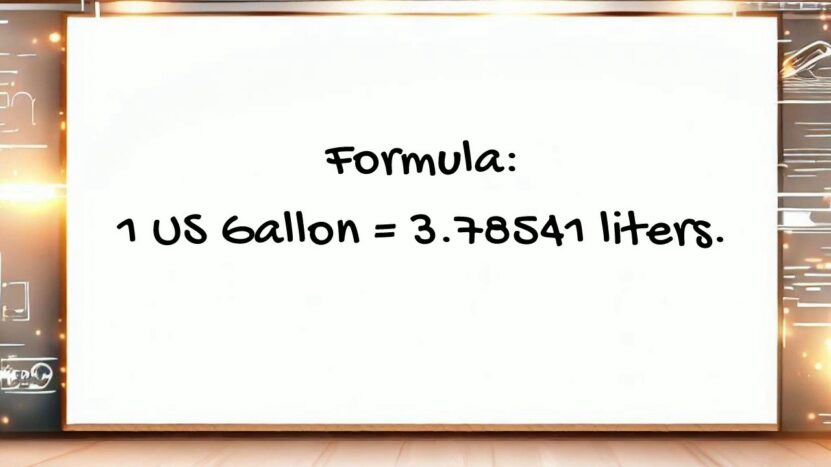
The metric system, widely used outside the US, affects our understanding of these two measurements. In the metric system, the basic unit of volume is the liter, not the gallon, and the weight is measured in grams, not ounces. So, an ounce in the US system is about 28.35 grams, and a gallon equals approximately 3.785 liters. These conversions are crucial for international recipes or scientific experiments.
Practical Examples
Let’s take some examples to further illustrate this basic conversion. A standard milk jug in the US contains one gallon of milk, equivalent to 128 fluid ounces. This knowledge can be handy when purchasing milk in larger quantities or when trying to determine how many servings you can get from a gallon of milk.
It’s also useful for recipes that call for specific measurements of milk. On the other hand, a standard bottle of wine typically contains 750 milliliters, which is approximately 25.36 fluid ounces or around 0.2 gallons. Understanding this conversion can be helpful when comparing wine bottle sizes or when trying to determine how much wine you have left in a particular bottle.
It allows you to make informed decisions based on your needs, whether you’re hosting a gathering or simply enjoying a glass of wine at home. These examples highlight the practical applications of knowing the this conversion. It empowers you to make accurate measurements and conversions, ensuring that you have the right quantities for your specific requirements.
By understanding the relationship between these two measurements, you can confidently navigate various situations, such as cooking, baking, or even when purchasing liquids in different quantities. This conversion is a valuable tool that enhances your ability to manage measurements effectively, making your daily tasks more efficient and precise.
Conversion Tools and Techniques
Thankfully, various tools can help with conversions. Online converters or smartphone apps can instantly convert anything you want. Conversion charts can also be helpful references. However, understanding the fundamental conversion (1 gallon = 128 ounces) can be useful when these tools aren’t accessible.
Converting Between Different Fluid Units
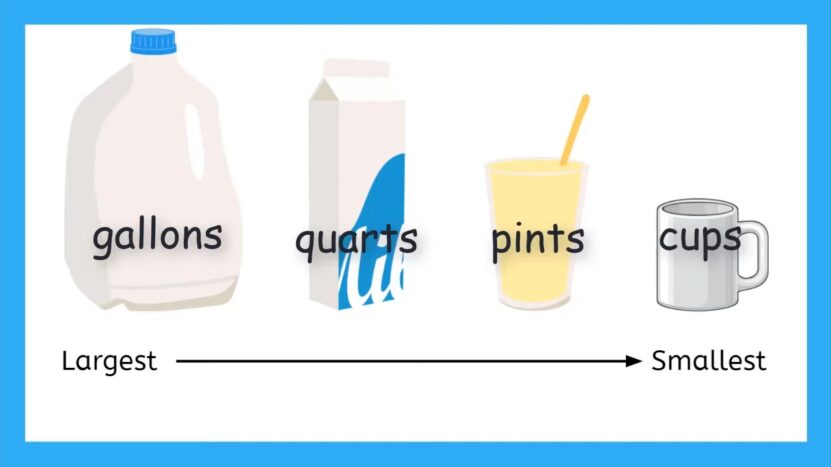
The standard conversion conversions also form the base for understanding relationships between other fluid units, like pints, quarts, and liters. For instance, one gallon equals 4 quarts, 8 pints, or 3.785 liters. Thus, comprehending this basic conversion can simplify more complex measurement conversions.
Real-World Applications
Understanding this conversions is crucial in numerous real-world scenarios. For instance, in the culinary realm, recipes may specify ingredients in the latter, requiring you to convert the measurements accurately.
Similarly, in scientific experiments involving chemicals, precise measurements may be necessary. Additionally, when evaluating your vehicle’s fuel efficiency, knowing the conversion between gallons and ounces helps you make informed calculations in terms of your car fuel consumption per mile.
Whether you’re in the kitchen, the lab, or assessing your car’s performance, the ability to convert between these two measurements empowers you to navigate these practical situations with confidence and accuracy.
Common Mistakes and Challenges
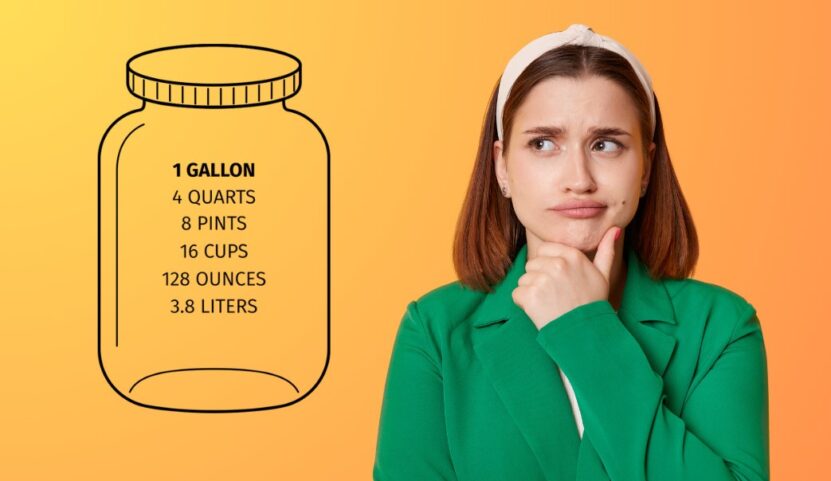
A common mistake in converting between these two measurements is confusing fluid ones (a measure of volume) with ounces (a measure of weight).
It’s important to remember that fluid ones are used to measure the volume of liquids, while regular ones are used to measure the weight of solids. Additionally, it’s crucial to keep in mind that the US system differs from the metric system, which can lead to incorrect conversions if not taken into account.
By being aware of these pitfalls and understanding the distinction between fluid ones and regular ones, as well as the differences between measurement systems, you can make accurate and reliable conversions between these measurements.
Conclusion
In conclusion, the relationship between ounces and gallons is a vital concept in understanding measurements. By remembering the basic conversion – 1 gallon equals 128 ounces – you’re already on your way to mastering this essential life skill. So, the next time you come across these units, you won’t be flustered but ready to convert with confidence!

